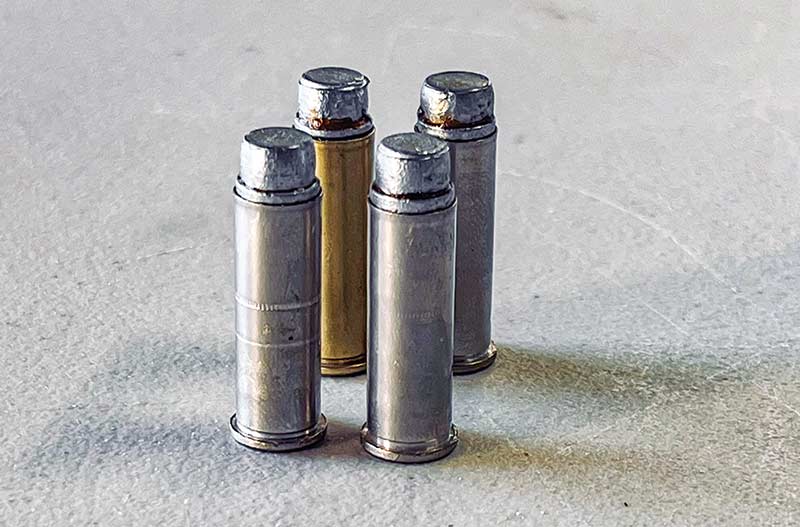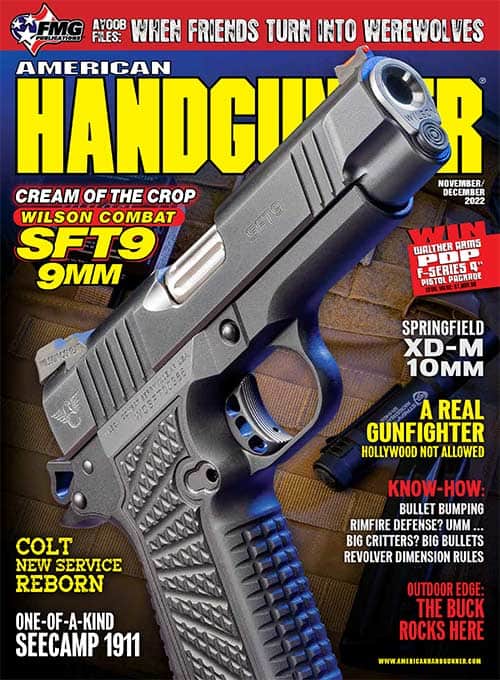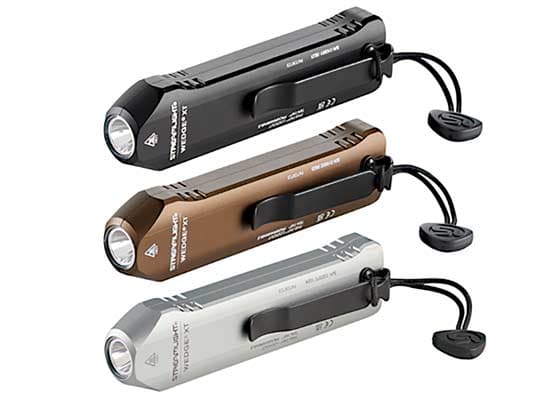Handloading: Bullet Bumping
When I told my range buddies I was writing an article about bullet bumping, I got several wisecracks like “hammerin’ bullets” and “sledge-o-matic.” As a side note, I don’t recommend doing any internet searches with the term “bumping.” Bullet bumping is a real thing — and you should try it.
It’s a swaging process using pressure and a sizing die to form a new custom bullet. It takes a solid press to bump bullets, but since it is not full-length bullet making, it can be done on any good single-stage.
Reloaders bump bullets to either expand their diameter or reshape a bullet’s profile. The advantage to using bullet bumping is we’re reshaping a bullet whose weight is already known, so we have a good starting point for load recipes.
Learning The Bump
A few years back, I was shooting a cast bullet competition. A couple of shooters shot both .303 British and 7.62×39, depending on the match. Their molds threw a .308, and they used a bump die to get the diameter to 0.311″. I asked one of them about bullet bumping, and he gave me some parts, telling me to make my first bump die for a .357-sized cartridge.
The bump die was made from a sizing die body with an inside diameter of 0.358″. A threaded cap served as a guide for the internal rod, which moves freely inside the die. It has a .358 plug on the end of the rod. Using the bullet punch from a Lee Bullet Lube and Sizing Die Kit, one pushes the bullet into the die. Controlling the amount of pressure determines the amount of “bumping.”
The rod with the plug is used to eject the bullet from the die. Mine has a wide- domed top that doesn’t deform when I hit it with a hammer.
I started with a flat-surfaced plug on my bump die, which compresses the overall length of the bullet, and flattens the meplat. In my first experiment, I made 158-grain bullets that look like a wadcutter with a little nose.
The Right Lead ... And Lube
It is best to use lead on the softer side, but you should know I’ve used linotype too — it just takes steadier pressure.
I don’t have sophisticated tools for measuring lead hardness. I sand a 2B lead pencil down to a chisel shape and see if I can create a gouge in the lead ingot. If it does, the hardness is around 12 BHN. An HB lead scratch is 14–15 BHN. A 3B is BHN 10. This test is pretty accurate. Some budding artists buying those Staedtler Mars Lumograph Art Drawing Pencils at Hobby Lobby probably aren’t artists at all — they’re lead testers.
Wheel weight lead runs from 12–15 BHN, depending on how it is treated after molding. If it is air-cooled, it stays soft, usually around 12. Water quenched, a process I do not use, it can go 18 BHN. If it is cured in an oven, they are much harder.
For rifle bullets, I use a lanolin-based lube and a punch approximating the desired shape of the nose. For pistol bullets, there is less surface area to adhere to the sides of the die and a deliberate tap on the punch will eject the newly formed bullet.
Big Flat Noses
If you look through the Buffalo Bore catalog, you’ll see they are well known for cast handgun cartridges designed for defense against dangerous game. What do some of these cartridges have in common? They use bullets that can handle higher-than-normal velocities whose noses are big and flat. They are not designed to mushroom. They penetrate, creating tissue damage with a larger meplat.
I tried it with a relatively mild loading of 4.3 grains of Unique and my bumped 158-grain bullet. My Lyman 357446 mold throws a consistent 158-grain, Keith-type bullet. I decided to bump bullets incrementally to see if there was a performance improvement.
The larger I made the meplat, the greater the permanent wound channel in ballistic gelatin. I never did get the bullets to stop within 20″ of gel, but the goal is penetration, not expansion and energy transfer.
I sincerely doubt I could design a better cartridge than Buffalo Bore because I don’t have their engineering experience. I can, however, articulate why their cartridges work and why I would buy them. In the meantime, I’m bumping bullets.







